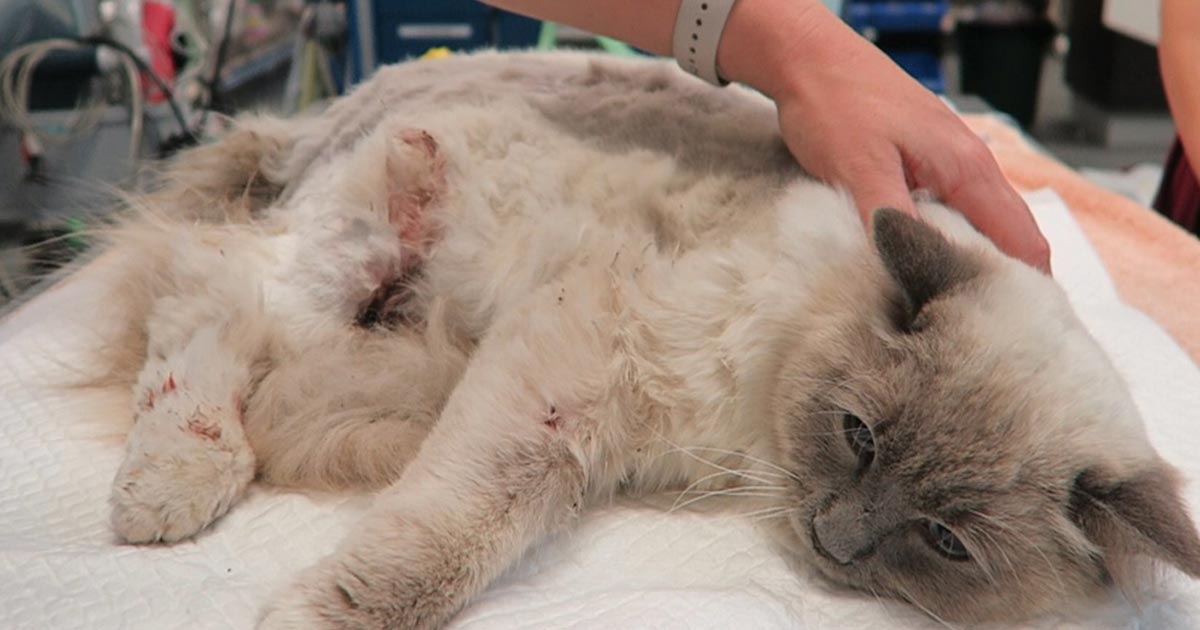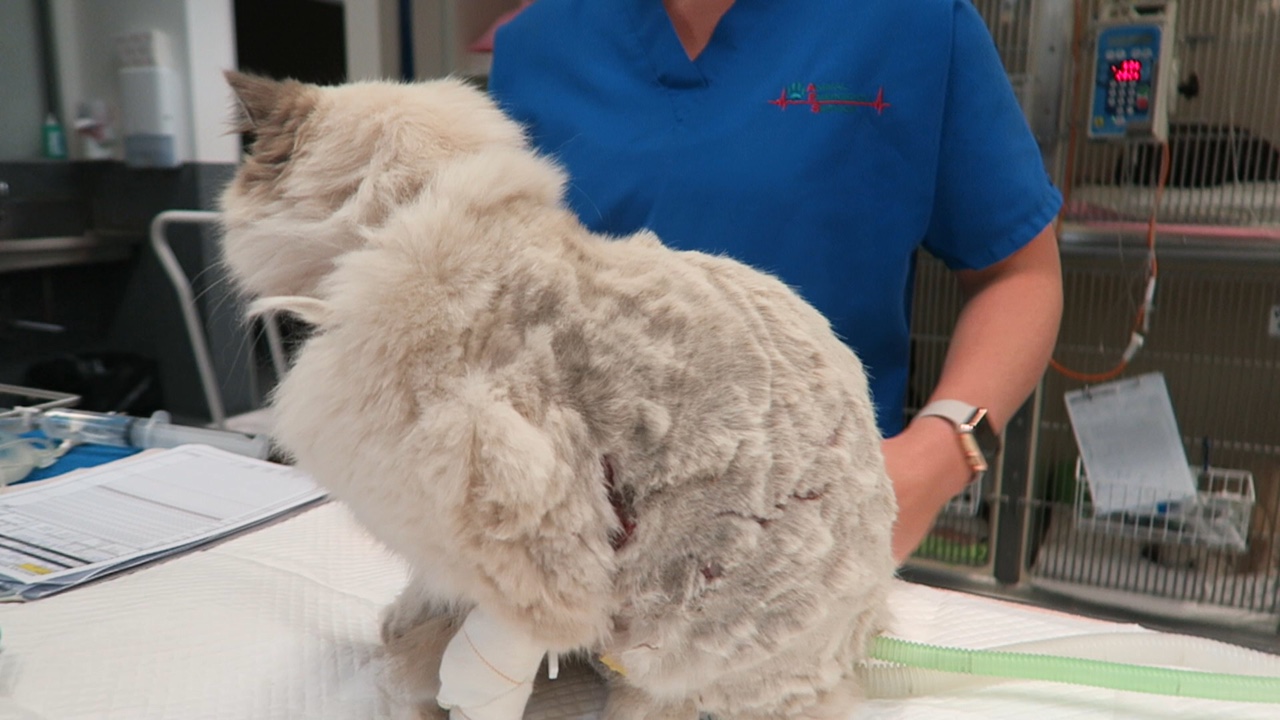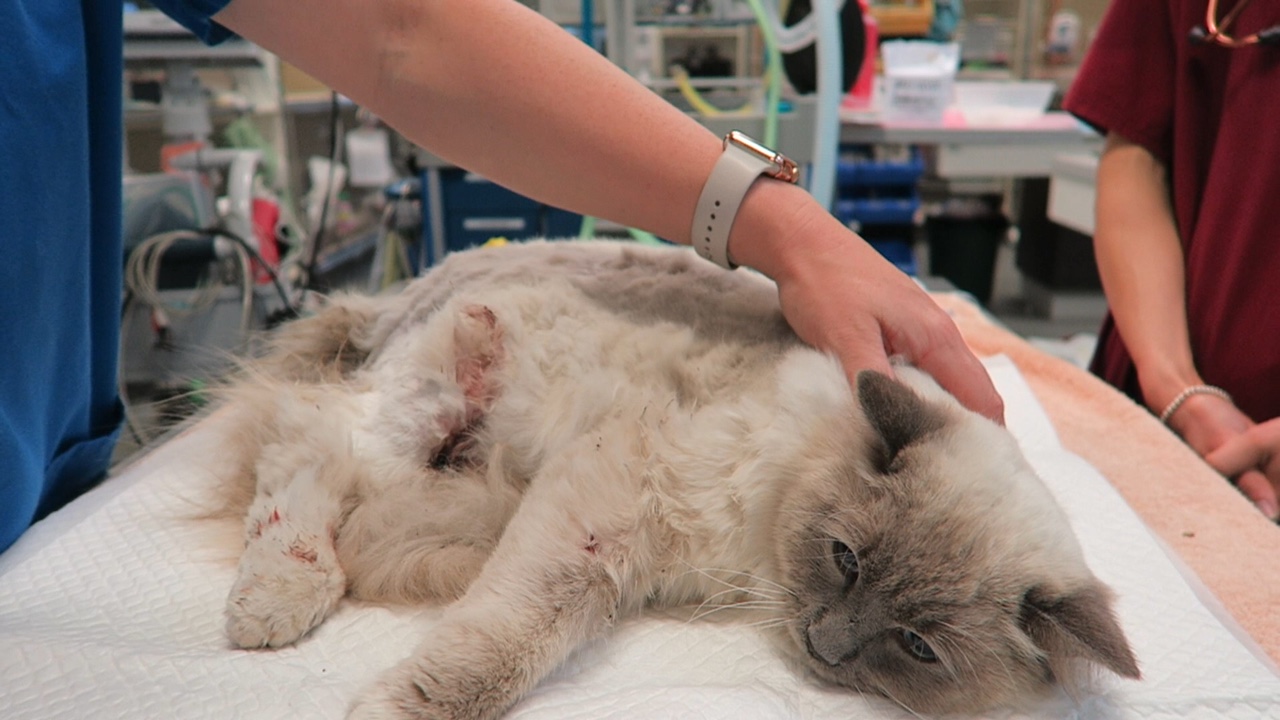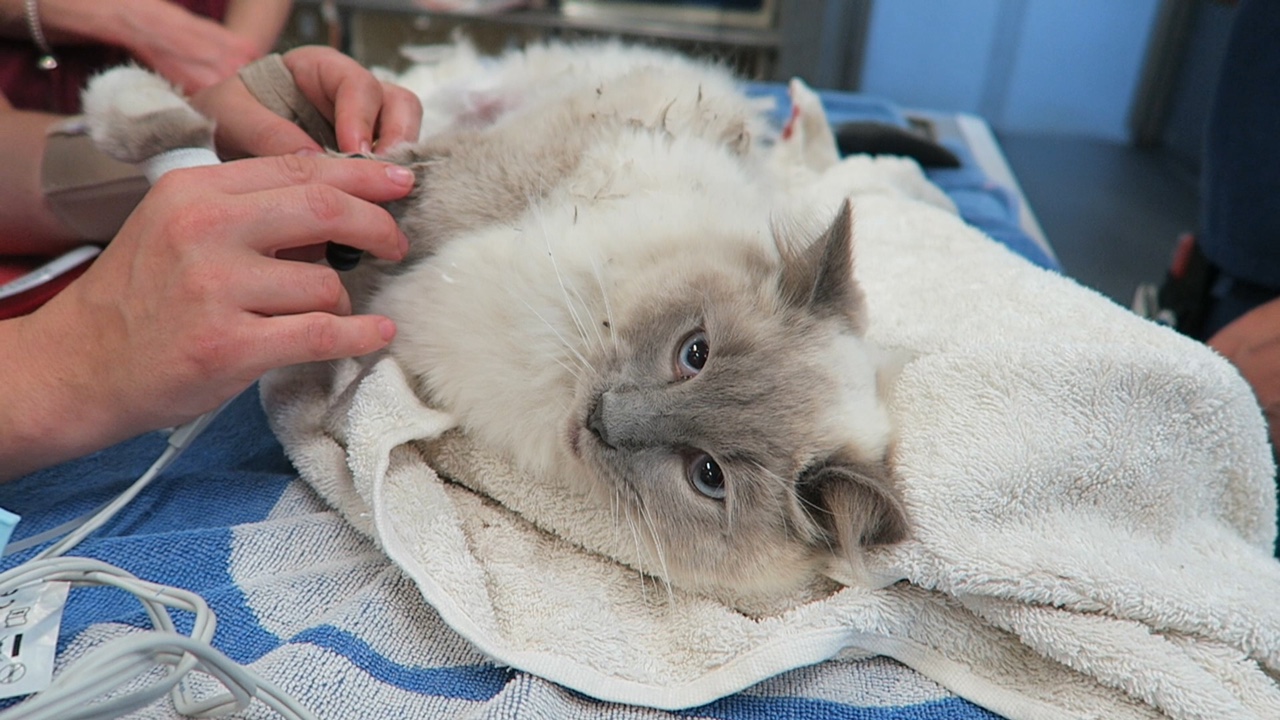Cat bite abscesses are one of the most common presentations in general practice.
Even in an emergency setting, I see a number of these patients. Usually they are obvious, but, occasionally, they’re not so obvious and the patient comes in lethargic, inappetant and often “painful”.
Overly dramatic?
One thing I’ve learned in my time is a cat bite abscess should be considered for all cats that have pyrexia. For a pyrexic outdoor cat without an obvious cause, I include a whole body clip as part of my diagnostic process. This is because a cat bite can start as a cellulitis and bite wounds are very small.
Whole body clipping may sound dramatic, but it has saved me many times and helped rule out cat bites as a major differential for cats with pyrexia.
Standard approach
Everybody treats cat bite abscesses in their own way, but here’s my approach:
- Any warm, painful area or swelling should be clipped to look for bite wounds.
- I always look for all four tooth marks – you can miss wounds and other developing abscesses by focusing only on the obvious bite wounds.
- You must establish drainage, surgically explore and lavage. This means patients are always placed under heavy sedation or a full anaesthetic. Why do I always recommend this? I have found cat nails, hair and teeth in abscesses before; without removing those foreign bodies, the abscess won’t heal and antibiotics won’t be effective.
- I almost always administer antibiotics, even if I have removed an abscess en bloc and no contamination exists.
- Pain relief is always indicated, depending on the age and stability of the patient. An NSAID is my preference, but only after I have corrected my patient’s fluid deficits, otherwise I select a different type of analgesic.
- Drains? Sometimes I place drains in very large abscesses, but mostly I prefer to close primarily after appropriate debridement.




Leave a Reply